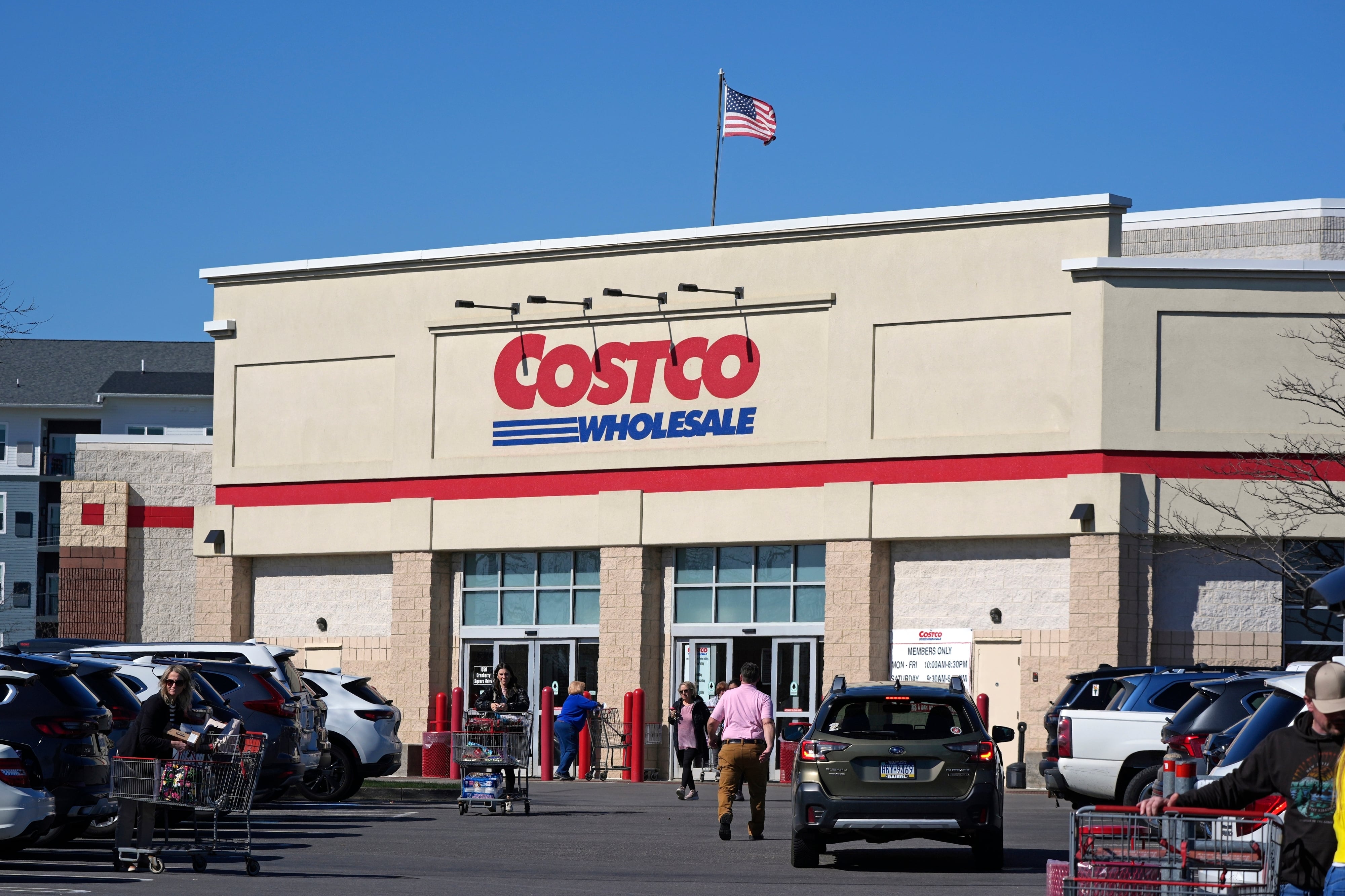By Christopher Rugaber
U.S employers added just 49,000 jobs in January, a tepid gain that shows that the viral pandemic retains a tight grip on the economy nearly a year after it triggered a painful recession.
Last month's slight increase followed a sharp decline of 227,000 jobs in December, the first loss since April after the coronavirus erupted in the United States. The unemployment rate for January fell sharply from 6.7% to 6.3%, the Labor Department said Friday. Most of the drop in unemployment occurred because some people out of work found jobs, while others stopped looking for work and were no longer counted as unemployed.
The January figures from the Labor Department reflect a faltering job market, slowed by a pandemic that is still causing consumers to avoid traveling, shopping, dining out, attending entertainment venues and engaging in other forms of face-to-face contact. In its report Friday, the government also downgraded its estimate of jobs for November and December by a combined 159,000. Nearly 10 million jobs remain lost to the pandemic.
Last month, service industries that deal with customers in person again posted the sharpest job losses as millions of consumers hunker down at home. Within the service sector, restaurants, bars, and hotels slashed 61,000 jobs. Retailers cut nearly 38,000. Employment in transportation and warehousing fell by 28,000.
Women, who have been disproportionately hurt since the job market collapsed in early spring, have been leaving the workforce, often to care for children at home attending school online. That pattern continued in January. At the same time, the number of men with jobs rose last month.
As hiring has slowed, layoffs have kept mounting. Last week, the number of applications for unemployment benefits, though declining for the past few weeks, remained at an elevated 779,000.
The hardships that millions of Americans are suffering trends have fueled President Joe Biden’s push for a $1.9 trillion rescue aid package, which would provide $1,400 checks for most U.S. individuals and a $400 weekly unemployment payment on top of state benefits. The package would also extend two federal jobless aid programs, from mid-March through September.
The anemic jobs data could give further political impetus to Biden's package. Early Friday, the Senate approved a budget measure that would let Democrats muscle Biden’s $1.9 trillion plan through the chamber without Republican support. The budget measure now returns to the House, where it will likely be approved Friday to reflect the changes made by the Senate before work on the rescue aid package will begin in congressional committees.
The damage to the job market since March has widened financial inequality in the United States, especially hurting women and people of color. At the same time, Americans fortunate enough to have kept their jobs have amassed $2.3 trillion in savings — double the pre-pandemic total. That enlarged pool of savings could fuel a rapid rebound in spending as business restrictions are lifted and more Americans become more confident about shopping, dining out and traveling.
Economists increasingly suggest that as vaccinations reach a critical mass in the coming months and the government provides further stimulus, the economy and the job market will strengthen much faster than they did after previous recessions. Bank of America estimates that growth could reach 6% this year, which would be the fastest since 1984.
Some hopeful signs have emerged recently to suggest that the economy might be picking up a bit. Auto sales rose solidly in January. And a gauge of business growth in the service sector picked up to its highest level in two years. It also showed that services firms added workers last month. A separate measure of manufacturing indicated that factories are also expanding. So is spending on home construction.
Some states and localities re-imposed restrictions on businesses in December as cases spiked. Some of those restrictions were loosened in January, though perhaps not in time to affect the jobs report, which measures employment in the middle of each month.
Updated on February 5, 2021, at 10:17 a.m. ET with updated details.












